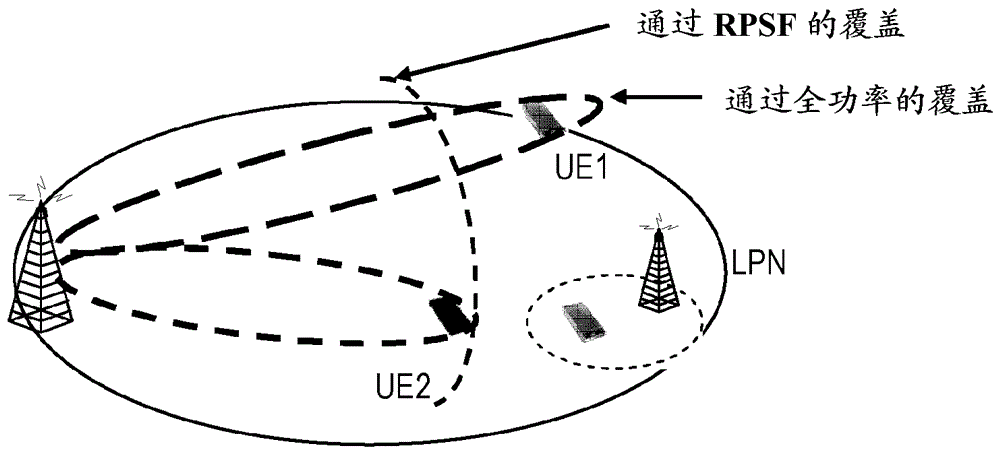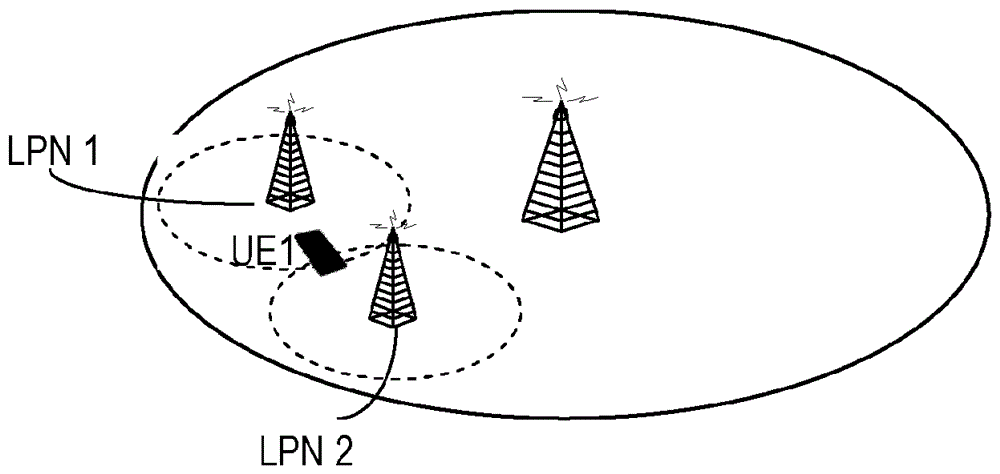Method and arrangement for inter-cell interference coordination
A technology of inter-cell interference and adjacent cells, applied in distributed allocation, space transmit diversity, network planning, etc., can solve problems such as small net gain, reduced overall system capacity, and reduced macro cell capacity
- Summary
- Abstract
- Description
- Claims
- Application Information
AI Technical Summary
Problems solved by technology
Method used
Image
Examples
Embodiment Construction
[0021] In this description, LTE technical terms will be mainly used when explaining the principles of the solutions presented herein. However, this solution is also applicable to wireless communication systems operating according to other standards applying multi-antenna transmission and precoding / beamforming.
[0022] Some examples herein will be described in a heterogeneous network scenario, where interference is caused by high power nodes (eg denoted "macro" nodes / cells) to low power nodes LPN (eg denoted "pico" nodes / cells). High power nodes may also be referred to as "aggressor" nodes, and LPNs may also be referred to as "victim" nodes. However, this solution is also applicable in the case of neighboring nodes with other power relationships (eg nodes of equal power). In the description, one of the nodes will also be indicated as BS1 and another BS2, where BS1 may be a high power node and BS2 may be an LPN, or BS1 and BS2 may have other power relationships.
[0023] In h...
PUM
 Login to View More
Login to View More Abstract
Description
Claims
Application Information
 Login to View More
Login to View More - R&D
- Intellectual Property
- Life Sciences
- Materials
- Tech Scout
- Unparalleled Data Quality
- Higher Quality Content
- 60% Fewer Hallucinations
Browse by: Latest US Patents, China's latest patents, Technical Efficacy Thesaurus, Application Domain, Technology Topic, Popular Technical Reports.
© 2025 PatSnap. All rights reserved.Legal|Privacy policy|Modern Slavery Act Transparency Statement|Sitemap|About US| Contact US: help@patsnap.com



